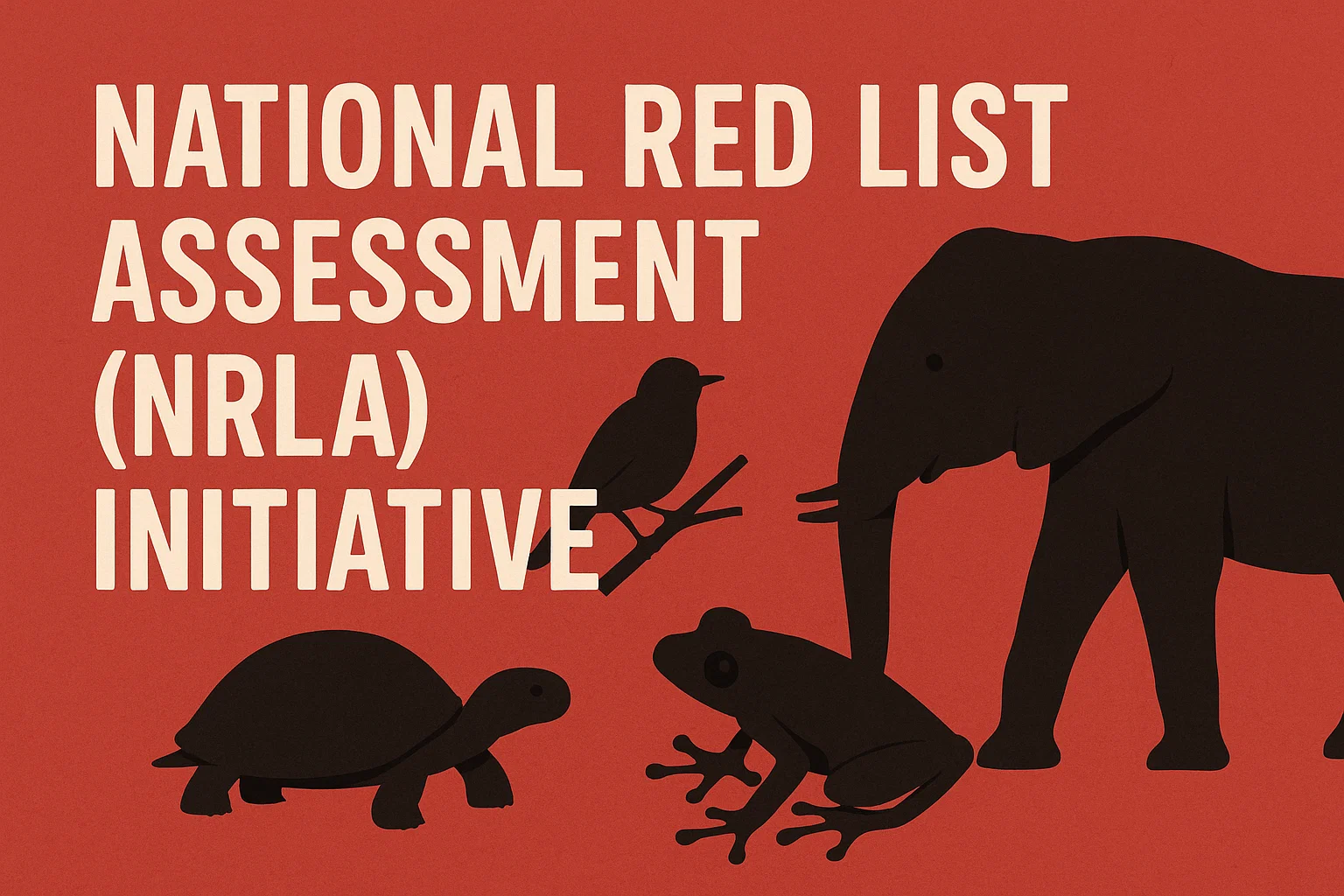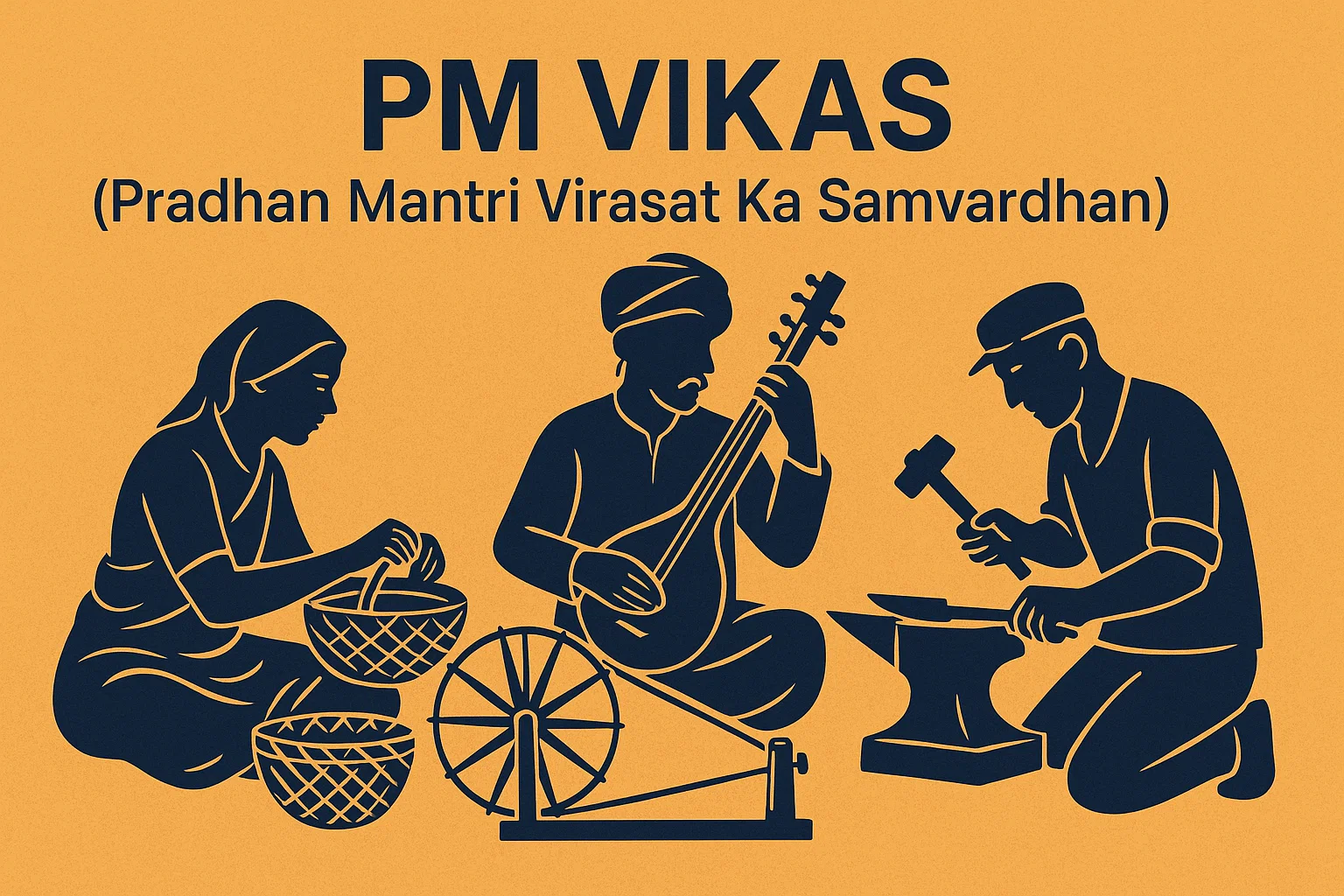Font size:
Print
‘Schwarzman Scholars’ Programme for India
More ‘mind space’ for India in the American imagination
Context: Despite being one of the world’s most populous nations, an ancient civilisation, and a rising global power, India still lacks a dedicated global leadership programme like the Schwarzman Scholars initiative in China.
More on News
- This absence is not just a policy oversight — it reflects deeper issues of global perception, narrative dominance, and the persistent marginalisation of India in elite Western academic and strategic thinking.
What is the Schwarzman Scholars Programme?
- Launched in 2016 at Tsinghua University in Beijing, the Schwarzman Scholars programme was inspired by the prestigious Rhodes Scholarship.
- It aims to shape future global leaders by immersing them in China’s governance systems, cultural ethos, and geopolitical vision.
- Backed by robust state and philanthropic support, it has become a symbol of China’s strategic soft power and global educational pull.
Why not in India?
-
- India — home to 1.4 billion people, a dynamic tech-driven economy, and a growing strategic footprint in the Indo-Pacific — remains oddly underrepresented in elite Western academic initiatives.
- The root of this problem lies in a complex mix of outdated narratives, soft power inertia, and intellectual neglect by the West.
- This imbalance was explored as early as 1958 by Harold R. Isaacs in Scratches on Our Minds: American Images of China and India.
- Isaacs observed how China was seen by Americans as revolutionary, mysterious, and geopolitically urgent, while India was often relegated to being spiritual, chaotic, and peripheral — viewed through colonial and orientalist filters.
- India — home to 1.4 billion people, a dynamic tech-driven economy, and a growing strategic footprint in the Indo-Pacific — remains oddly underrepresented in elite Western academic initiatives.
-
Decades later, these “scratches” remain.
-
- China dominates global academic funding, think-tank interest, and university partnerships.
-
- India, despite being the world’s largest democracy and a hub of innovation, still struggles to claim space in global strategic imagination.
How China Outpaced India in Soft Power?
- China has been remarkably effective in projecting a cohesive and seductive narrative to the West — one of transformation, economic miracle, and disciplined governance.
- Western elites, ready to believe in China’s “rise”, have heavily invested in understanding it.
- From Confucius Institutes and think tanks to university exchanges and tech diplomacy, China’s state-led soft power efforts have borne fruit.
- India’s global engagement, by contrast, has been sporadic and hampered by bureaucratic constraints.
- While it champions democracy, diversity, and culture, these values have not been leveraged strategically to create compelling academic or policy programmes that attract global talent and attention.
India in American Academia: A Fragmented Focus
- China Studies enjoys institutional depth across Ivy League campuses.
- India, when studied, is often buried under broader “South Asian” or “Postcolonial” labels.
- While these are vital disciplines, they rarely engage with modern India as a civilisational power influencing global tech, climate, security, and space policy.
- As a result, future American and global leaders are not being trained to understand India in its full complexity.
- Misperceptions persist — such as the outdated “India-Pakistan” hyphenation — which distort strategic thinking and policy design.
Way Forward
- An academic institution with global appeal: India has excellent institutions like the IITs, IIMs, and newer liberal arts universities such as Ashoka and Krea.
- Yet none currently possess the international brand recognition, strategic policy links, and philanthropic backing necessary to host a transformative global fellowship.
- Government and private sector collaboration: As seen with Tsinghua University’s backing of Schwarzman Scholars, success depends on sustained collaboration between the state, academic leadership, and global capital.
- A bold narrative: India must invest in telling its story.
- Strategic ambiguity has served its diplomacy in the past, but silence can often be misread as insignificance.
- Leadership today is as much about perception as it is about power or GDP.
- Reframing India’s Global Narrative: India must proactively challenge outdated narratives, call out reductive frameworks, and assert itself in global knowledge circuits — not just as a counterweight to China, but as a thought leader in its own right.



